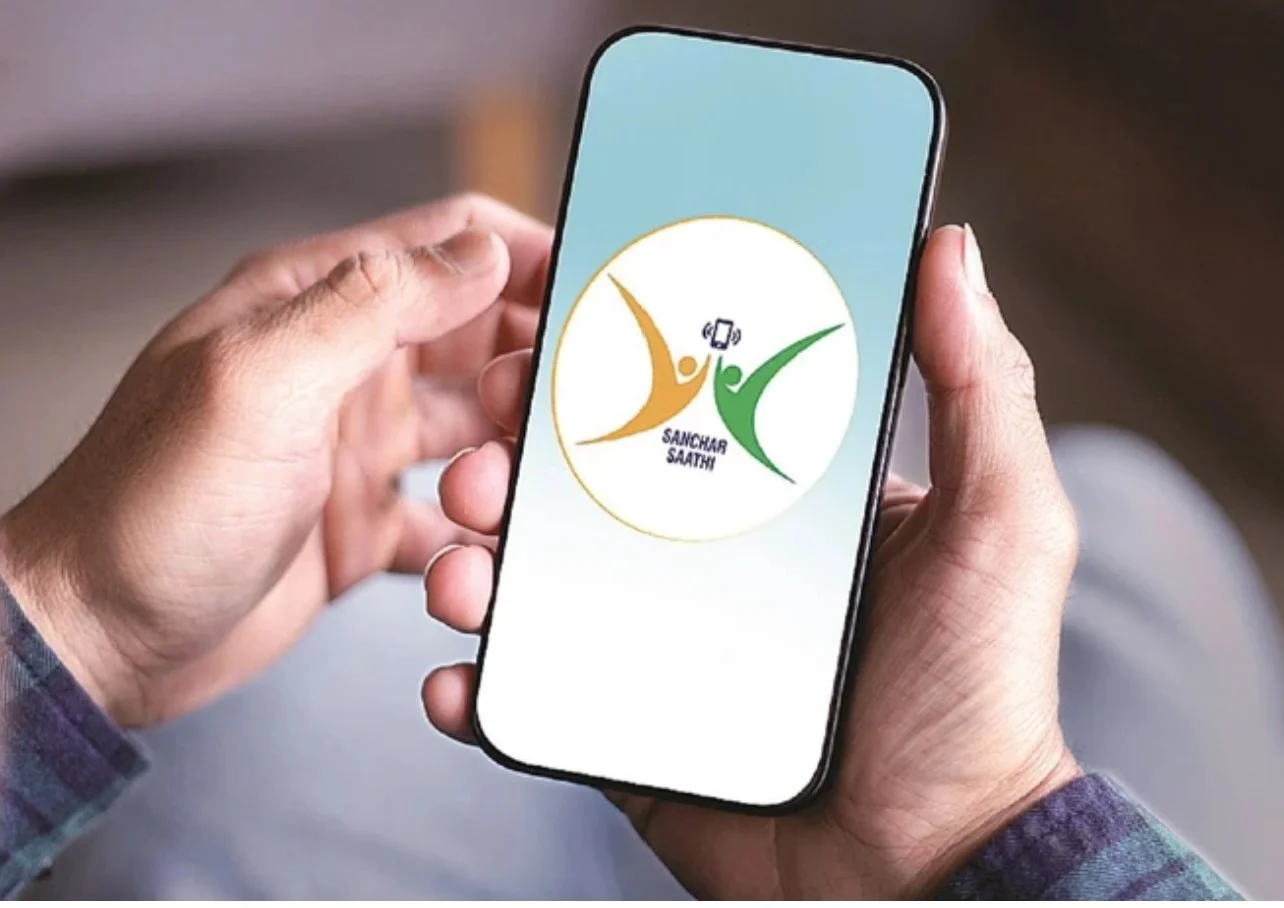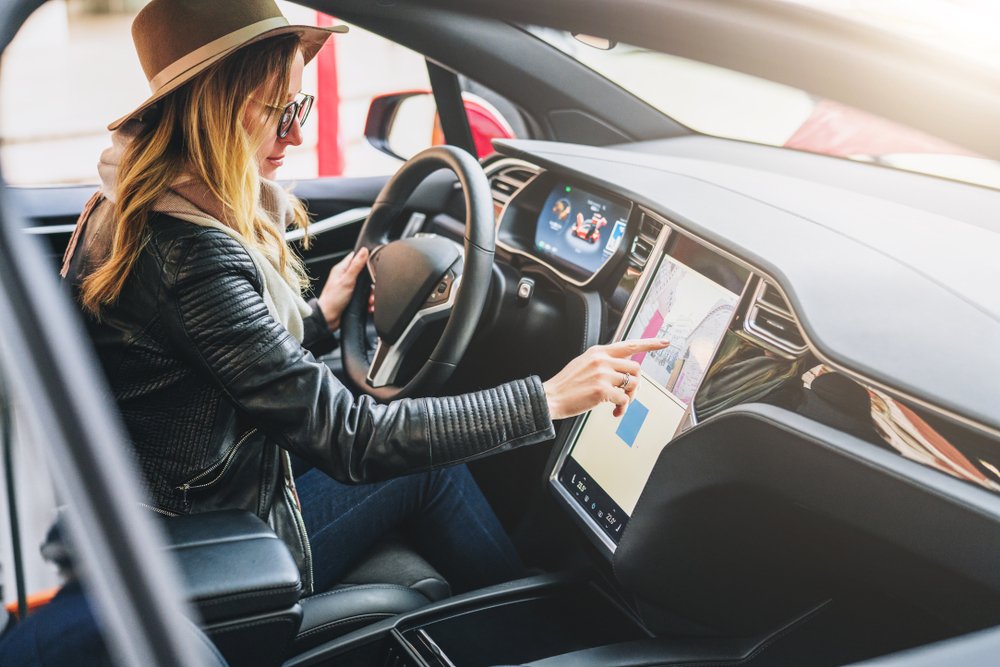All right, let’s dive into the nitty-gritty of Segmentation, Targeting, and Positioning (STP) from the trenches. I have seen trends come and go, but STP remains the bedrock of effective marketing. Here is the real deal on making STP work for you in today’s fast-paced market.
Let’s start by breaking down STP, minus the textbook jargon:
Segmentation:
It is all about slicing and dicing your market into groups that make sense. Forget the old-school demographics-only approach. These days, it is about behavior, attitudes, and even the content they consume.
Targeting:
This is where you pick your battles. Which segments are worth your time and money? It is not just about size – it’s about potential ROI and strategic fit.
Positioning:
Here is where you plant your flag. How do you want your brand to live in your customers’ minds? It is not just a tagline; it’s your entire brand persona.
Making STP Work in the Real World
Let me tell you, STP is not just some academic exercise. When done right, it is the difference between talking to everyone and talking to no one. Here is how it plays out:
Customization is King: Gone are the days of one-size-fits-all marketing. With STP, you tailor everything from your product features to your ad copy for each segment.
Budget Optimization: By focusing on your most promising segments, you are not wasting resources on lost causes. Trust me, your CFO will thank you.
Competitive Edge: When you nail your positioning, you are not just another option – you’re the only option for your target segment.
Here are some brands that have truly mastered the STP strategy:
Nike: They have segmented the market not just by sport, but by attitude. Their targeting is spot-on, focusing on aspirational athletes, and their “Just Do It” positioning resonates across segments.
Airbnb: They have turned the travel industry on its head by targeting experience-seekers rather than traditional tourists. Their positioning as the gateway to “living like a local” has created a whole new market segment.
Building Loyalty Through STP
In my experience, loyalty is not just about points programs. It is about creating a brand that feels tailor-made for your customers. Here’s how STP makes that happen:
Speak Their Language: When you target effectively, your marketing resonates on a personal level. It is like you’re reading their minds.
Solve Real Problems: By understanding segment-specific pain points, you are not just selling a product – you’re offering solutions.
Create Community: When positioning is done right, your brand becomes part of your customers’ identity. They are not just buying; they are belonging.
STP in 2024: What’s Changed and What Hasn’t
After 30 years in marketing, I have seen a lot of changes, but the core of STP stays. Here is what is new:
AI-Driven Insights: Machine learning is uncovering segments we never knew existed. It is like having a superpower for pattern recognition.
Real-Time Segmentation: With digital footprints, we can now adjust our segments on the fly based on behavior. Static segments are so last decade.
Micro-Targeting: We are moving beyond broad segments to almost individual-level targeting. It is powerful but comes with big responsibilities.
Cross-Channel Consistency: Your positioning needs to hold up across every touchpoint. Consistency is harder than ever but more crucial too.
Values-Based Positioning: Consumers are aligning with brands that share their values. It is not just about features anymore; it is about what you stand for.
The Evolution of STP: Data Science, Behavioral Science, and MarTech
In recent years, the traditional STP model has been revolutionized by advancements in data science, behavioral science, and marketing technology. These developments have made STP strategies more precise, dynamic, and effective than ever before.
Data Science in STP
Data science has transformed the way marketers approach segmentation and targeting. With the ability to analyze vast amounts of customer data, businesses can now:
Create micro-segments based on highly specific behavioral patterns.
Use predictive analytics to anticipate future customer needs and behaviors.
Implement real-time segmentation that adapts as customer interactions occur.
For example, machine learning algorithms can automatically identify patterns in customer data that humans might miss, leading to more nuanced and effective segmentation strategies.
Behavioral Science Insights
Behavioral science has deepened our understanding of consumer decision-making processes, allowing for more sophisticated positioning strategies. Key applications include:
Utilizing cognitive biases to frame marketing messages more effectively
Designing customer experiences that align with natural decision-making patterns.
Implementing nudge theory to gently guide customers towards desired actions
By incorporating behavioral science principles, marketers can create positioning strategies that resonate more deeply with target segments on a psychological level.
Marketing Technology Advancements
Marketing technology (MarTech) has provided the tools to implement advanced STP strategies at scale. Some key developments include:
Customer Data Platforms (CDPs) that unify data from multiple sources for a 360-degree customer view.
AI-powered personalization engines that can deliver individualized content in real-time.
Cross-channel attribution models that help marketers understand the full customer journey.
These technologies enable marketers to execute highly targeted campaigns across multiple channels with unprecedented precision and efficiency.
Real-Time Interaction and Optimization
One of the most significant evolutions in STP marketing is the shift towards real-time interaction and optimization. Modern MarTech solutions allow businesses to:
Analyze customer sentiment and feedback about product or brand attributes in real-time.
Adjust marketing strategies on the fly based on immediate customer responses.
Conduct rapid A/B testing to optimize positioning and messaging continuously.
This real-time capability ensures that STP strategies remain relevant and effective in today’s fast-paced digital environment.
The Future of STP
As we look towards 2024 and beyond, the integration of data science, behavioral science, and MarTech in STP strategies is expected to deepen further. We can anticipate:
Even more granular segmentation, potentially reaching individual-level targeting.
Increased use of AI and machine learning to automate and optimize STP processes.
Greater emphasis on ethical considerations in data usage and personalization
By leveraging these advanced technologies and insights, businesses can create STP strategies that are not only more effective but also more responsive to individual customer needs and preferences through customer segmentation. This evolution ensures that STP remains a cornerstone of modern marketing, adapting to the complexities of today’s digital landscape while delivering increasingly personalized and impactful customer experiences.
In the ever-changing world of marketing, STP isn’t just a secret weapon – it’s your Swiss Army knife, compass, and crystal ball all rolled into one. It’s the difference between shooting in the dark and hitting the bullseye every time. Remember, in this game, the spoils don’t just go to the swift or the strong, but to those who can master segmentation, targeting, and positioning with precision, purpose, and panache. So, sharpen your STP skills, and watch your marketing transform from a mere megaphone into a magnetic force that pulls customers right to your doorstep. In the end, STP isn’t just about dividing markets – it’s about conquering them. Now go out there and show the world why STP, through effective segmentation, targeting, and positioning, truly is your marketing secret weapon. Your competitors won’t know what hit ’em.









